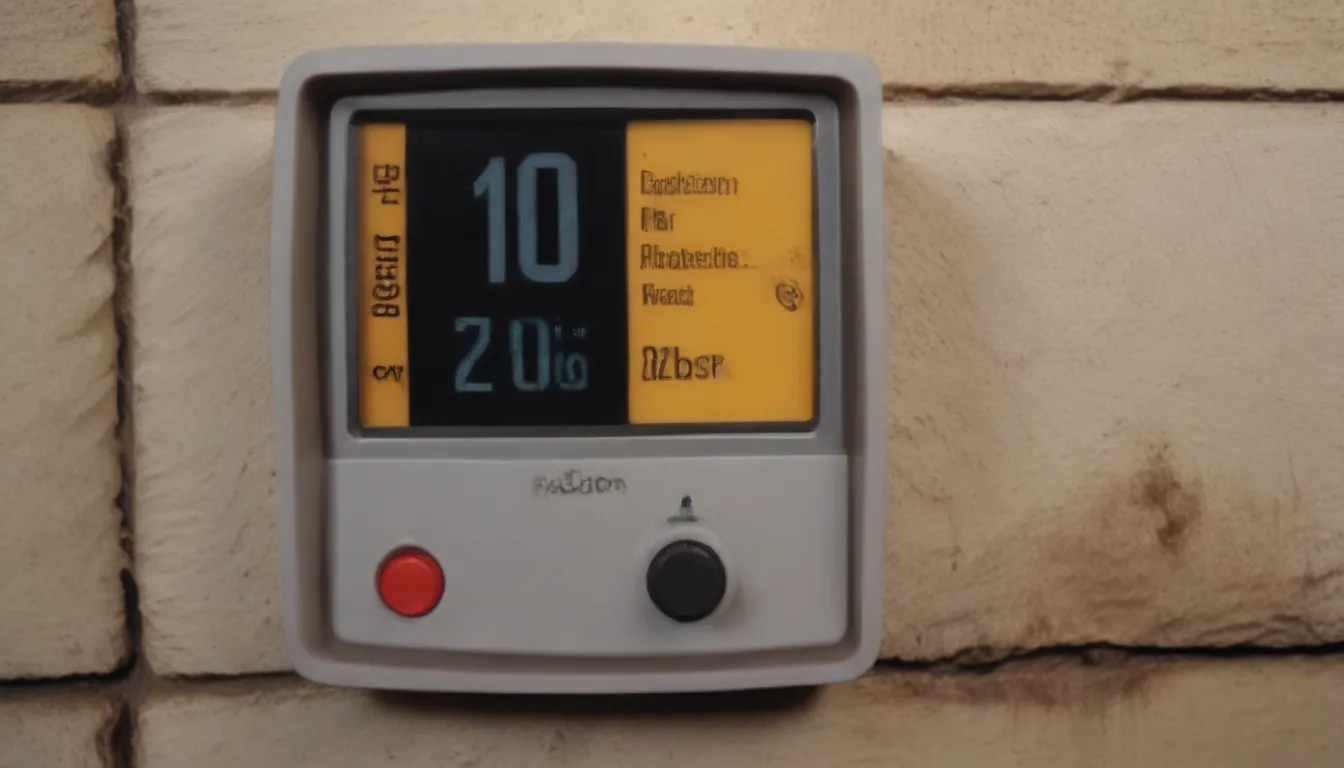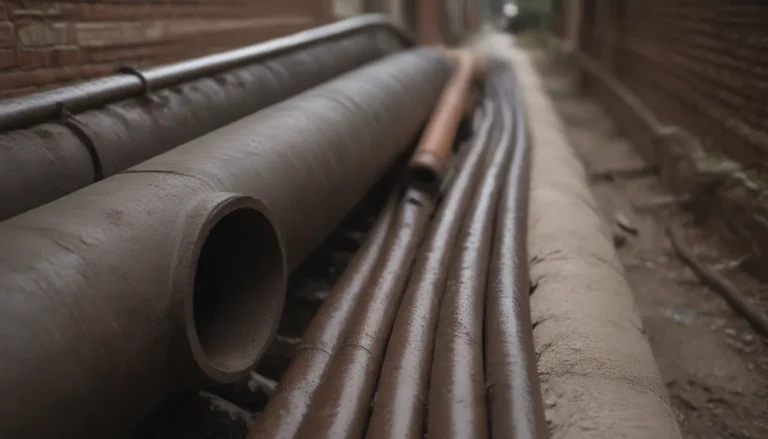Understanding Radon Testing: How to Protect Your Home and Health

Welcome to our comprehensive guide on radon testing! If you’ve ever wondered about radon and its potential risks to your health, you’re in the right place. In this article, we’ll dive deep into what radon is, why testing for it is crucial, how to test for radon in your home, and what steps you can take to reduce radon levels if necessary. Let’s get started!
What Is Radon?
Radon is a radioactive gas that occurs naturally in the soil under and around homes. It is odorless and invisible, which makes testing the only way to determine if your home is affected by high levels of radon. When uranium, thorium, or radium metals break down in rocks, soil, and groundwater, radon is produced as a byproduct. This gas can seep into homes through cracks, gaps, and other spaces, where it can become concentrated and pose serious health risks.
Why Is Radon Testing Important?
Testing for radon is essential because elevated levels of radon exposure can lead to lung cancer. While smoking remains the primary cause of lung cancer, radon exposure is the second leading cause. If radon levels in your home exceed 4 pCi/L (picocuries per liter of air), the risk of contracting lung cancer increases significantly. In fact, about 21,000 lung cancer deaths per year in the United States are attributed to radon exposure.
How to Test for Radon
There are several methods for testing radon levels in your home, ranging from short-term tests to long-term detectors. Here are the most common testing methods:
- Charcoal Canister Short-Term Testing: Charcoal canisters are placed in the home for a brief period (usually two to seven days) to absorb radon gas from the air. The collected data is then sent to a lab for analysis.
- Alpha Track Long-Term Testing: Alpha track detectors utilize a special film exposed to the air over a longer period (three months to a year) to provide more accurate results.
- Continuous Radon Monitors: These electronic devices continuously measure radon levels in the air, offering real-time data for more precise monitoring.
When and How Often to Test for Radon
Radon testing is often done during real estate transactions, home remodels, or when a radon mitigation system is in place. As a general guideline, it’s recommended to test for radon every two years or whenever significant changes occur in the home. For home buyers and sellers, radon testing is crucial to ensure a safe living environment.
How to Reduce Radon Levels in Your Home
If radon levels in your home exceed the recommended threshold of 4 pCi/L, there are steps you can take to mitigate the issue. Here are some effective strategies to reduce radon levels:
- Seal Cracks and Openings: Seal cracks in the foundation and cover exposed earth to prevent radon from entering your home.
- Improve Ventilation: Increase airflow by opening windows, using exhaust fans, and enhancing ventilation throughout the house.
- Install a Radon Mitigation System: Consider installing a vent pipe that directs radon gas from the foundation to the outside, effectively reducing indoor concentrations.
Additional Tips and Information
- Radon Zones: Certain areas in the United States, such as the Northeast and northern Midwest, have higher radon levels than others. It’s essential to be aware of your region’s radon risk to take appropriate precautions.
- Granite Countertops: While there were concerns about radon in granite countertops, recent guidance from the EPA suggests that the risks are minimal and unlikely to impact health significantly.
- Radon Testing Frequency: Regular radon testing is essential for maintaining a safe living environment. Whether you’re a homeowner, buyer, or seller, periodic testing can help identify and address radon issues promptly.
In conclusion, radon testing is a vital component of ensuring your home’s safety and protecting your health. By understanding the risks associated with radon exposure and taking proactive measures to test and mitigate radon levels, you can create a healthier living environment for you and your family. Stay informed, stay safe, and prioritize radon testing to safeguard your well-being.





